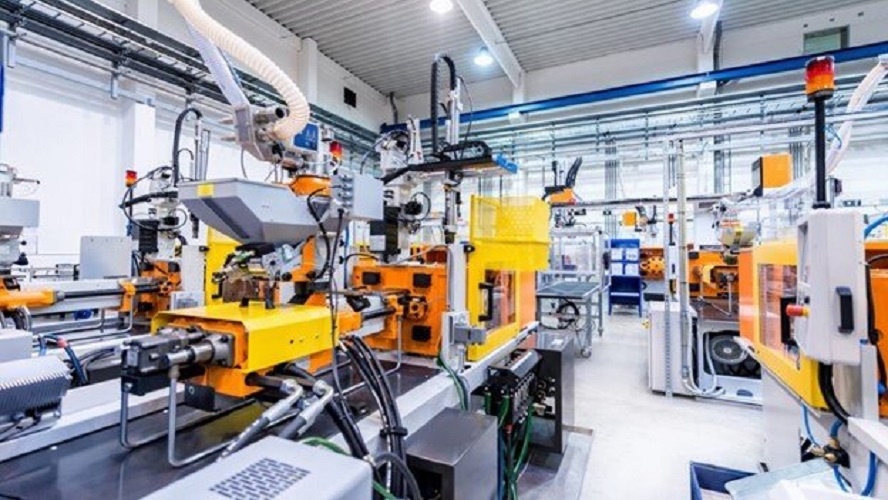What is Assembly Line Automation?
What is Assembly Line Automation?
Assembly line automation refers to the application of machinery, robotics, and computer systems to the process of manufacturing in order to simplify and optimize this process. It is the automation of the performance of repetitive tasks typically done by humans on the assembly line. This approach has fundamentally changed the entire production process, bringing various advantages to businesses in many industries.
Importance of Automation in Manufacturing
In the modern market, efficiency and productivity are the keys to the success of being a company. Assembly line automation contributes to meeting these requirements through enhancing performance efficiency, reducing manufacturing costs, and ensuring product quality. With the help of automation to complete repetitive tasks, manufacturers can perform work more effectively while decreasing the risk of errors and losses. .
Types of Assembly Line Automation
Robotic Assembly
This includes using industrial robots for welding, painting, and assembly. Such robots have sensors that provide very high accuracy and precision. In addition, they possess programming ability, which allows them to perform work with a high degree of consistency.
Conveyor Systems
Conveyor systems include moving components and products along the line. They can be adjusted for materials of various sizes and shapes to ensure seamless running throughout the production facility.
Automated Guided Vehicles (AGVs)
Automated Guided Vehicles (AGVs) are self-directed vehicles for moving materials and goods from one place to another within an industrial setting. They have control, steering, and position sensors.
Collaborative Robots (Cobots)
These are designed to work collaboratively with humans. In contrast to the use of isolated logistics robots, they can easily be relocated and set up as necessary. In conclusion, the use of manufacturing automation is a very wise decision for any company, regardless of the time and money it invests in it.
Benefits of Automating Your Production Line
While automation may present challenges to certain businesses, several benefits can be derived from automating your production line. Some of these benefits include the following.
Increased Efficiency
Automation of an assembly line increases efficiency by decreasing cycle times and optimizing workflow. In simpler terms, running an automated ship puts a lot less strain on human factors. Therefore, manufacturers can manufacture more products to exact specifications without sacrificing quality.
Reduced Labor Costs
Automation replaces manual labor that is tired, absent, sick, or otherwise limited with more efficient automated systems. There will still be labor, but a company will reduce the costs associated with wages, benefits, and training dramatically. Manufacturers can allocate the saved money to other avenues, such as Pay-Per-Click ads, and be more competitive in terms of marketing.
Improved Product Quality
Products are manufactured to be more consistent and exact when they are manufactured through automation. Quality measures can be automated to shut down production if something is off or different about the product line. That way, manufacturers can address the issue as it happens and only the highest quality products reach the global market.
Enhanced Workplace Safety
Automation also reduces the harm that humans can do to one another. Machines and software-based systems are predictable and controllable, making it possible for more dangerous tasks to be assigned to machines instead of humans. It aids in reducing the number of claims and creating a safer working environment.
Challenges of Assembly Line Automation
While assembly line automation offers numerous benefits, it also presents several challenges that businesses must overcome:
Initial Investment
Implementing assembly line automation requires a significant upfront investment in equipment, technology, and infrastructure. For many businesses, the initial cost of automation can be prohibitive, requiring careful planning and budgeting.
Integration Complexities
Integrating automated systems into existing manufacturing processes can be complex and time-consuming. Businesses must ensure compatibility between new and existing equipment, as well as provide adequate training for employees to operate and maintain automated systems effectively.
Workforce Adaptation
The shift towards automation may require businesses to retrain or reallocate their workforce to accommodate changes in job roles and responsibilities. This can be challenging for employees who are accustomed to traditional methods of production and may resist adopting new technologies.
Future Trends in Assembly Line Automation
As technology continues to evolve, the future of assembly line automation holds exciting possibilities:
Artificial Intelligence Integration
Artificial intelligence (AI) is poised to revolutionize assembly line automation by enabling machines to learn and adapt to changing production demands. AI-powered systems can optimize processes in real-time, making predictive maintenance and quality control more efficient and effective.
Internet of Things (IoT) Connectivity
The Internet of Things (IoT) allows machines and devices to communicate and share data seamlessly. By connecting various components of the manufacturing process, businesses can gain valuable insights into performance, efficiency, and product quality, enabling them to make data-driven decisions and improve overall productivity.
Flexible Automation Solutions
Flexible automation solutions are becoming increasingly popular as businesses seek to adapt to changing market demands and consumer preferences. These systems are designed to be versatile and easily reconfigured to accommodate different products, production volumes, and manufacturing processes.
Conclusion
In conclusion, assembly line automation is a transformative approach to manufacturing that offers significant advantages in terms of efficiency, cost savings, and product quality. By leveraging technologies such as robotics, conveyor systems, and AI, businesses can streamline their production processes and gain a competitive edge in the market. While challenges exist, the future of assembly line automation looks promising, with continued innovation driving improvements in productivity and flexibility.
FAQs (Frequently Asked Questions)
What industries benefit most from assembly line automation?
- Assembly line automation is particularly beneficial for industries with high-volume production requirements, such as automotive, electronics, and consumer goods.
How can small businesses implement assembly line automation?
- Small businesses can start by identifying repetitive tasks that can be automated and gradually invest in scalable automation solutions that align with their production needs and budget.
Are there any risks associated with assembly line automation?
- While assembly line automation offers numerous benefits, risks such as initial investment costs, integration complexities, and workforce adaptation challenges should be carefully considered and addressed.
Can assembly line automation lead to job loss?
- While automation may eliminate some traditional roles, it also creates new opportunities for skilled workers to operate, maintain, and program automated systems, leading to a shift in job roles rather than outright job loss.
How does assembly line automation contribute to sustainability?
- Assembly line automation can lead to reduced energy consumption, waste, and emissions by optimizing production processes and minimizing inefficiencies, thus contributing to a more sustainable manufacturing ecosystem.
-
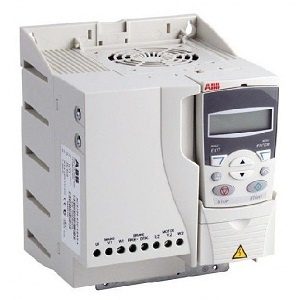
AC Drives (17919)
-
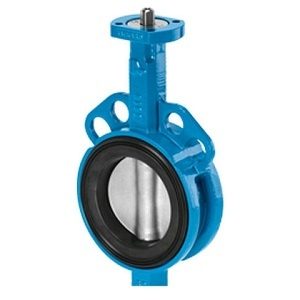
Butterfly Valve (236)
-
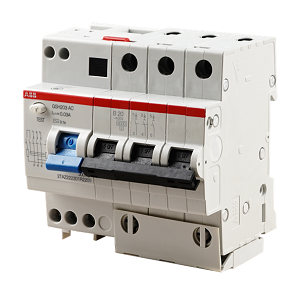
Circuit Breaker (2226)
-
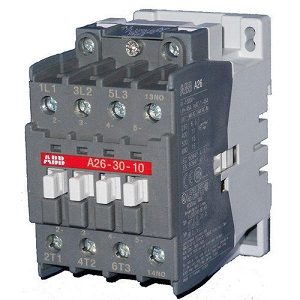
Contactor (567)
-
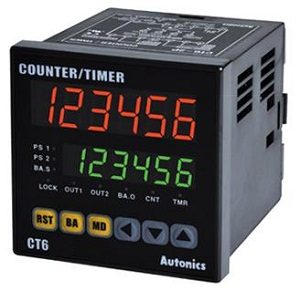
Counter (78)
-
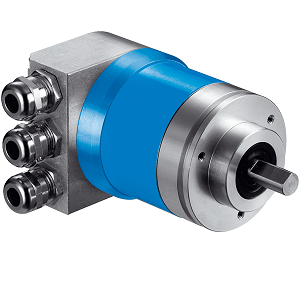
Encoder (117)
-
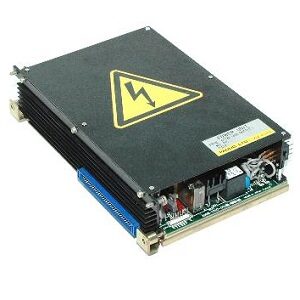
Fanuc Main Board (1376)
-
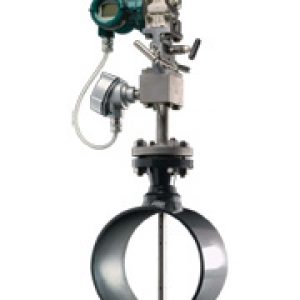
Flow Transmitter ( Flow meter) (36)
-
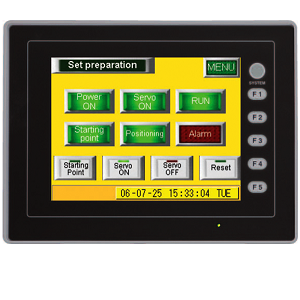
HMI/Touch Screen (582)
-
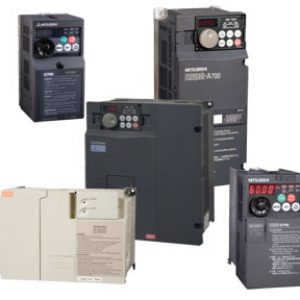
Inverter (941)
-
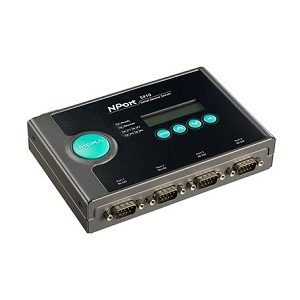
Network/Signal (4)
-
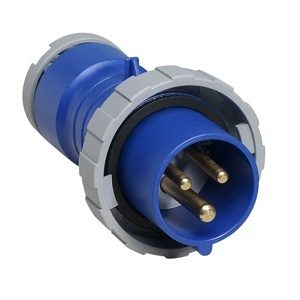
Others (4683)
-
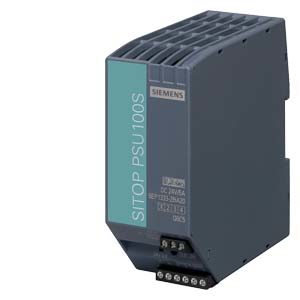
Power Supply (218)
-
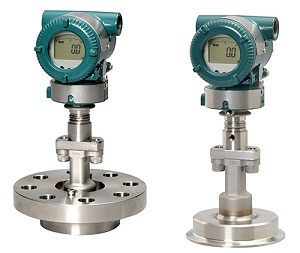
Pressure Transmitter (61)
-
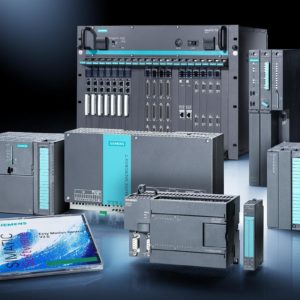
Programmable Logic Controller (PLC) (6283)
-
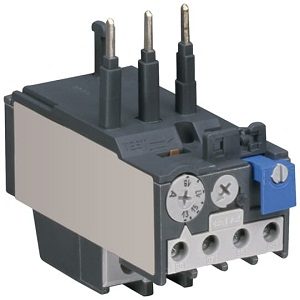
Relay (927)
-
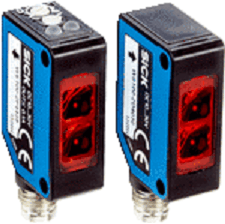
Sensor (2159)
-
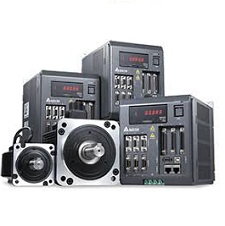
Servo Motors & Motor Drives (4347)
-
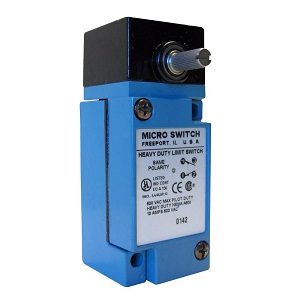
Switch (899)
-
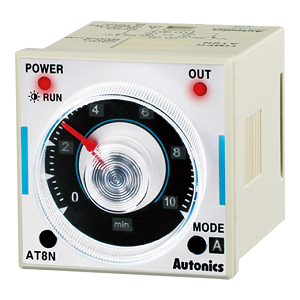
Timer (93)
-
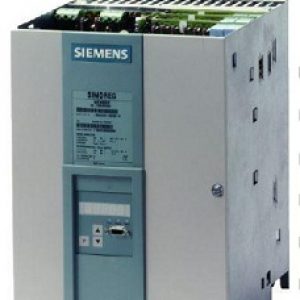
Uncategorized (1152)
-
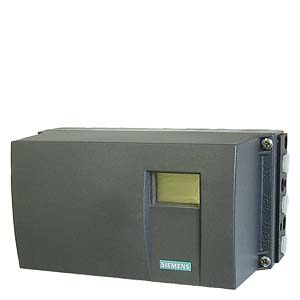
Valve controller & manifolds (15)
-

Variable Frequency Drives (VFD) (258)
-
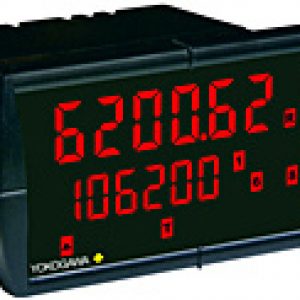
Yokogawa Remote Indicators (16)
- Post published:March 29, 2024
- Post category:Information

